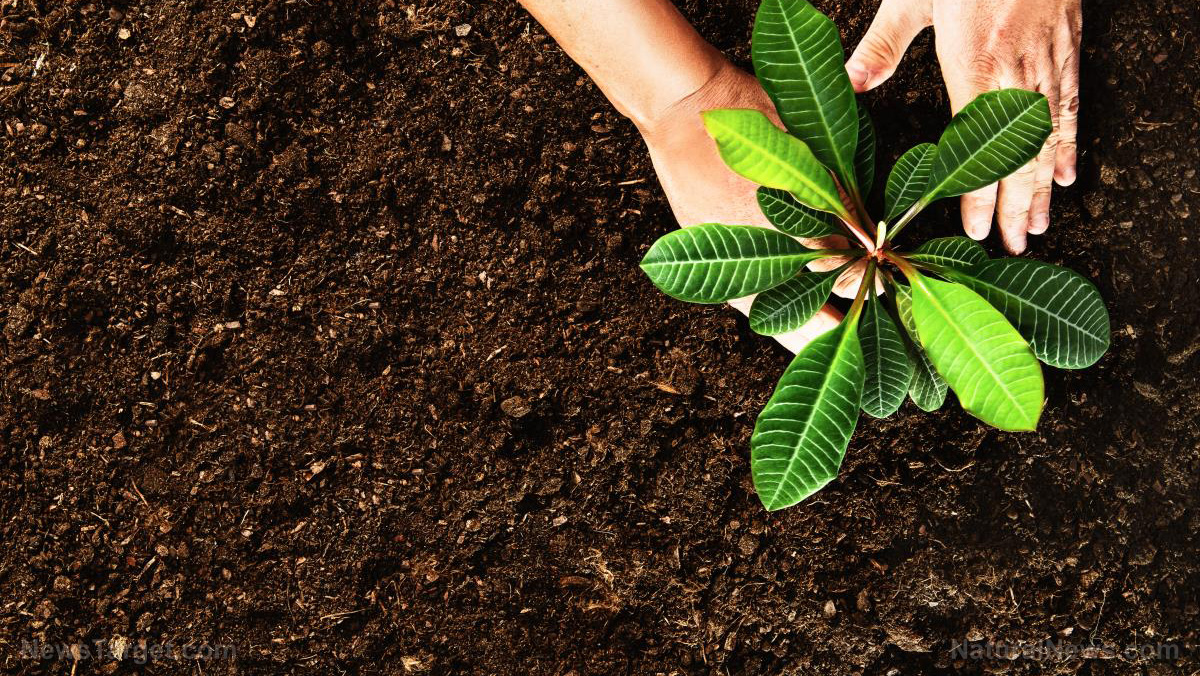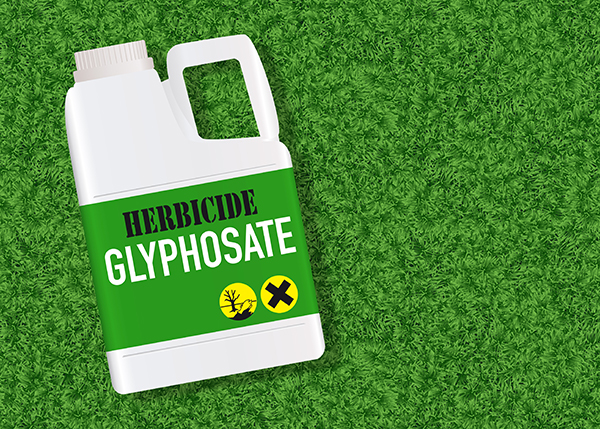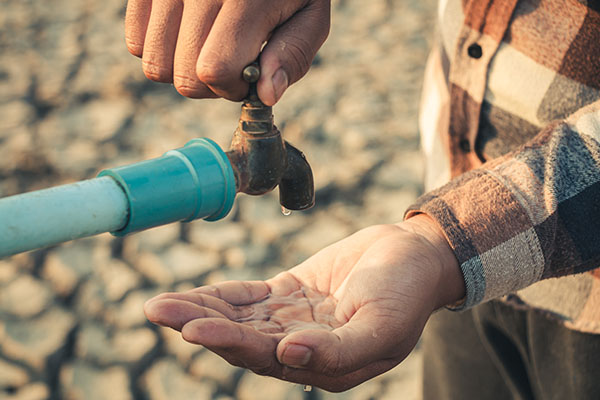
Just like humans have different dietary needs, different plants usually need more than a bag of 10-10-10 fertilizer. In some cases, 10-10-10 fertilizer can be bad for plants. For example, once fruits and vegetables start flowering, they will need something other than 10-10-10 fertilizer.
If you're new to home gardening, fertilizer selection can be intimidating. But with some research and practice, you will learn which fertilizers your crops will need during the growing season. (h/t to TheEpochTimes.com)
Fertilizers and amendments
While you can buy compost labeled "Cow Manure and Compost .05-.05.-05" that adds vital nutrients to the soil at the nearest nursery or garden center, it isn't a fertilizer.
Fertilizers can provide nutrients to your plants immediately or as time-release formulations that provide them what they need more slowly for a longer period of time.
On the other hand, compost is an amendment. While compost may provide some micro- or macronutrients, hence the .05-.05.-.05 label, it is mainly used to improve the soil structure and ecosystem. (Related: Home gardening basics: Why you should start making DIY fertilizer for your garden.)
You can add compost to a garden bed or flower planter box at the start of the planting season to help loosen and aerate hard-packed, overwintered soil and improve water retention.
The decomposing compounds in compost create the ideal habitat for essential soil microbes and earthworms, if you have them. Compost can also help your plants grow well.
Nitrogen, phosphorus and potassium (NPK)
Plants need 17 essential elements to grow strong. But out of these elements, they absorb 14 through the soil and the remaining three come from air and water.
Out of the 17 elements, nitrogen, phosphorus and potassium (or NPK) are considered the most essential. Nitrogen ranks one on the list.
Nitrogen is a key component of photosynthesis, and it is responsible for robust stem and leaf growth and the plants' deep green color. If your plants have yellow leaves and are growing more slowly than they should, it could be a sign of nitrogen deficiency.
Phosphorus is a building block of root growth that promotes the production of flowers, fruit, vegetables and seeds. If plant leaves have a bluish tinge, they may need more phosphorus.
Potassium is considered the "MVP of fertilizer" because it boosts a plant’s resistance to disease and pests. Additionally, it helps regulate water balance and improves the quality of fruits and vegetables. Leaves with curling tips, yellow veins, or brown or purple spots may be lacking in potassium.
Secondary nutrients and proper ratios
Quality fertilizers and those designed for specific crops, like tomato feed, will also include minor nutrients (e.g., calcium, magnesium and sulfur) and micro-nutrients (e.g., boron, chlorine, iron and zinc).
If you can’t find a specific blend for your needs, follow the rule of thumb: A 1-1-1 ratio (e.g., 3-3-3 or 10-10-10) is a balanced, multipurpose fertilizer.
The higher potassium in a 1-2-1 ratio is best for flowers, fruits, seeds, vegetables and transplants.
The higher nitrogen of a 2-1-1 ratio is ideal for trees, established lawns and leafy vegetables like kale and lettuce.
New lawns will need a 1-2-2 ratio, which focuses on strong root growth and 2-1-2 or 3-1-2 is great for a lawn that isn't doing so well.
Here's why organic fertilizers are the better choice
Chemical fertilizers are usually extracted from ammonium chloride, ammonium nitrate, ammonium phosphate, ammonium sulfate and urea. Next, they are combined with fillers into easy-to-apply pellets, powder or liquid.
While chemical fertilizers give a quick boost of nutrients, with results visible within one to two weeks, it is best to avoid them if you want to grow fresh, organic fruits and vegetables in your garden.
Organic farming is often considered a more sustainable alternative when it comes to food production. Avoiding pesticides and growing a wider variety of plants in your home garden also enhances biodiversity and results in better soil quality.
This also helps reduce pollution from fertilizer or pesticide run-off.
Organic fertilizers are usually made from ingredients like animal manure, blood meal, compost, cottonseed meal and fish emulsion. They feed both the plant and the soil ecosystem.
Organic fertilizers are also a more eco-friendly choice because they don’t have a negative effect on the soil or nearby water sources. They also steadily release nutrients.
The downside is, organic fertilizer may have too slow a release for very depleted soil. If this is the case with your garden, be patient as the soil takes a while to repair.
But when using organic fertilizers, your plants consume only what they need. They don't usually overfeed, and are less susceptible to "fertilizer burn."
While regular fertilizer can help boost plant health, keep in mind that too much of anything can be bad for your plants.
Always check the product labels of fertilizer before buying so you can ensure that your plants stay healthy, with better yields.
3 Fertilizer formulations
Fertilizer is available in many formulations, but when it comes to application, you have three choices:
Dry/Granular fertilizer
Granular fertilizers are easy to apply. You mix them into the soil before planting or top dress during the growing season.
When top dressing, you need to disperse the fertilizer evenly over the root zone. Do not top dress directly against the plant, especially if you choose to use chemical fertilizer.
Liquid fertilizer
Liquid fertilizers are sol in ready-to-use bottles, concentrate and ready-to-mix granules. The last two are usually the most cost-efficient.
Use liquid fertilizer to soak the roots and, if needed, as a foliar spray. Use this to feed the pores on the plant’s leaves.
Fertilizer spikes
Time-release fertilizer spikes are one of the easiest options, particularly if you have potted and container plants.
Calculate the number of spikes needed, then install them at the edge of the plant's root zone. There are also fertilizer spokes for trees.
Read up on organic fertilizers and learn how to use them for specific plants for a healthy, thriving home garden.
Visit HomeGardeningNews.com for more tips on how to maintain a thriving garden.
Watch the video below to learn how to make organic fertilizer for aloe vera.
This video is from the Generall channel on Brighteon.com.
More related stories:
6 Common homemade organic fertilizers for your home garden.
Keep your garden soil healthy with crop rotation.
Home gardening hacks: 7 Household items you can use as fertilizer.
Sources include:
Please contact us for more information.























